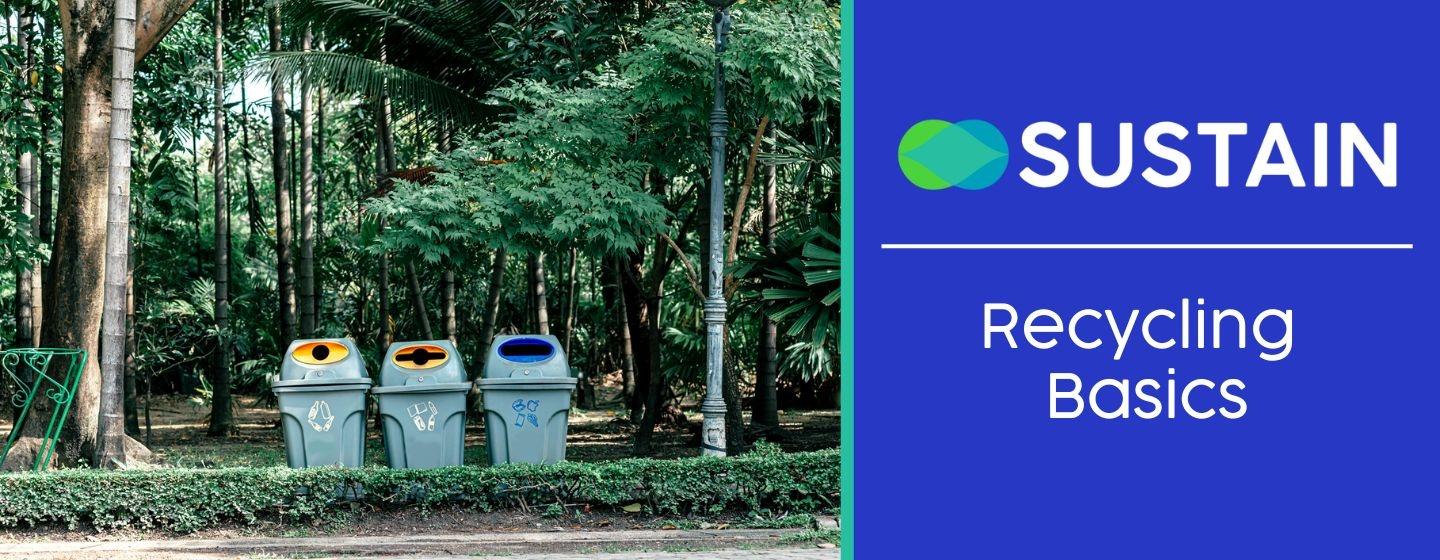Recycling 101



The path to “green living” starts with knowing the basics.
Protecting the planet is a team effort! According to the Office of Environmental Assistance, nearly 72% of waste in landfills could have been recycled instead. Recycling’s benefits include saving energy and resources, reducing pollution, and protecting wildlife and humans. Let’s break down how to keep used items out of landfills with Recycling 101:
Before purchasing a new product, remember the Three R’s: Reduce, reuse, and recycle. Consider purchasing smaller quantities, avoiding single-use plastic, visiting the thrift store, and upcycling.
If you find yourself at the recycling stage, the next step is to choose the correct bin. If it’s plastic, check the number on the symbol to find the best disposal methods, especially for medicine bottles, cosmetics, batteries, furniture, and DVDs.
Be sure to wash out plastic containers, glass, and aluminum cans before using an at-home or standard bin. While reusable bags are an eco-friendly alternative, plastic bags can be disposed of at drop-off locations, often found at local grocery stores.
Although clean cardboard and paper can be recycled in a standard bin, greasy pizza boxes should be thrown separately in the regular trash can. Household hazardous waste such as motor oil, pesticides, and oil-based paints should be carefully disposed of at the correct drop-off locations.
For those long hiking trips, days at the beach, and times when recycling bins may not be available, bring a reusable trash bag, which can be designed for cars, too! We also suggest becoming familiar with the recycling services in your area.
Visit the Environmental Protection Agency for a closer look at the benefits of recycling, current challenges facing the system, tools, and more.
Did you learn something new? Please take a moment to answer this short survey.